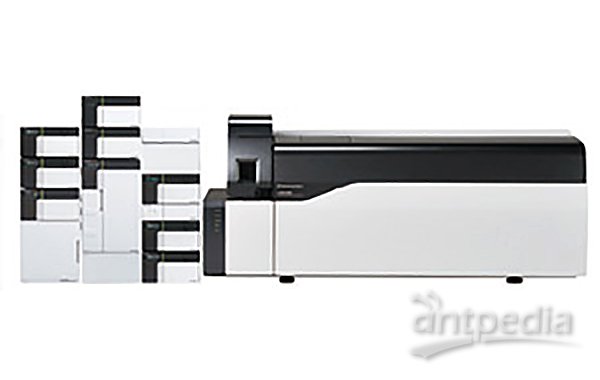Free Radical Induced Apoptosis

Oxidative stress is one factor that can trigger programmed cell death. Activated neutrophils responding to inflammatory stimulation produce reactive oxygen species like superoxide free radicals to kill invading bacteria, but these reactive oxygen species can also attack endothelial cells lining the vascular wall and trigger apoptosis. Endothelial cells also produce reactive oxygen species inside the cell that can contribute to oxidative stress and apoptosis, such as during reperfusion injury following ischemia. Superoxide dismutase (SOD) converts highly reactive and damaging superoxide free radicals to peroxides that are less reactive than superoxide but stimulate apoptosis. The glutathione (GSH) peptide reducing agent removes toxic metabolites and repairs damage created by reactive oxygen species. Glutathione peroxidase (GPx), for example, removes peroxides using glutathione as a reducing agent, and glutathione reductase (GSR) regenerates reduced glutathione. Inside the endothelial cell peroxide can be converted to hydroxyl ions in the presence of iron. Peroxides and hydroxyl radicals activate NF-kB and activate expression of inflammatory genes including adhesion molecules, TNF and IL-8. The apoptotic response of endothelial cells to oxidative stress may be involved in the development and progression of atherosclerosis.
Contributor: Glenn Croston, PhD.
REFERENCES:





















